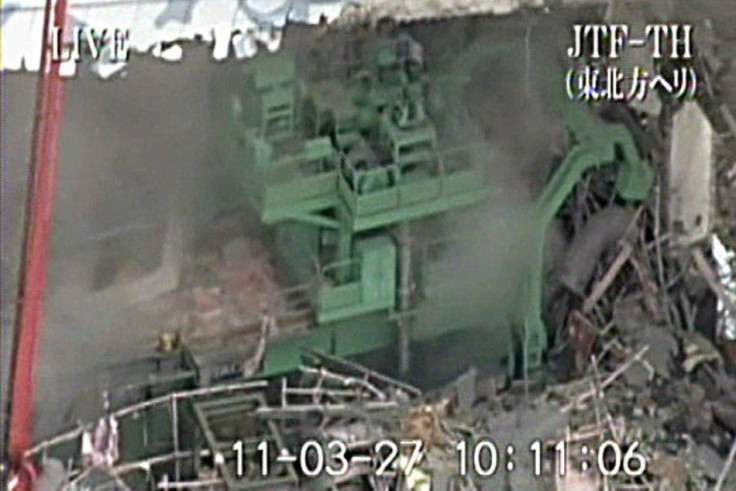Japan’s nuclear crisis isn’t over yet

Almost two and a half weeks after the tragic earthquake struck Japan, the country’s nuclear crisis still isn’t over yet, despite the best efforts of officials to contain the problem.
On Monday, small amounts of radiation-leaking plutonium were discovered in soil outside the power plants. Water inside the power plants, in tunnels outside the power plants, and in seas nearby is also contaminated with varying degrees with radiation.
Tokyo officials have enacted, on and off, warnings and bans on the city’s tap water after detecting higher-than-normal levels of radiation in them. Food produced near the power plants is also declared unsafe and contaminated.
Since last week, the worst-case scenario of a nuclear reactor explosion and massive radiation contamination– a repeat of the Chernobyl disaster – has largely subsided as officials have established some degree of control.
However, radiation leakages, in small amounts, continue to happen. Officials haven’t been able to solve the problem completely because the radiation levels inside the power plants remain extremely high --protective gears simply cannot fully shield workers, who haven’t been able to work freely.
Moreover, it’s difficult to handle exposed radioactive materials.
So far, only two workers have been injured by radiation after they stepped in contaminated water. There have been no fatalities. However, all emergency workers at the plants have been exposed to much higher dosages of radiation than normal, according to experts.
Furthermore, the radiation and fears of it has disrupted business and life in large areas around the nuclear power plants and kept the city of Tokyo on its heels.
© Copyright IBTimes 2024. All rights reserved.





















